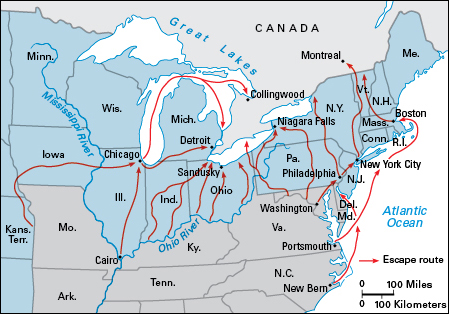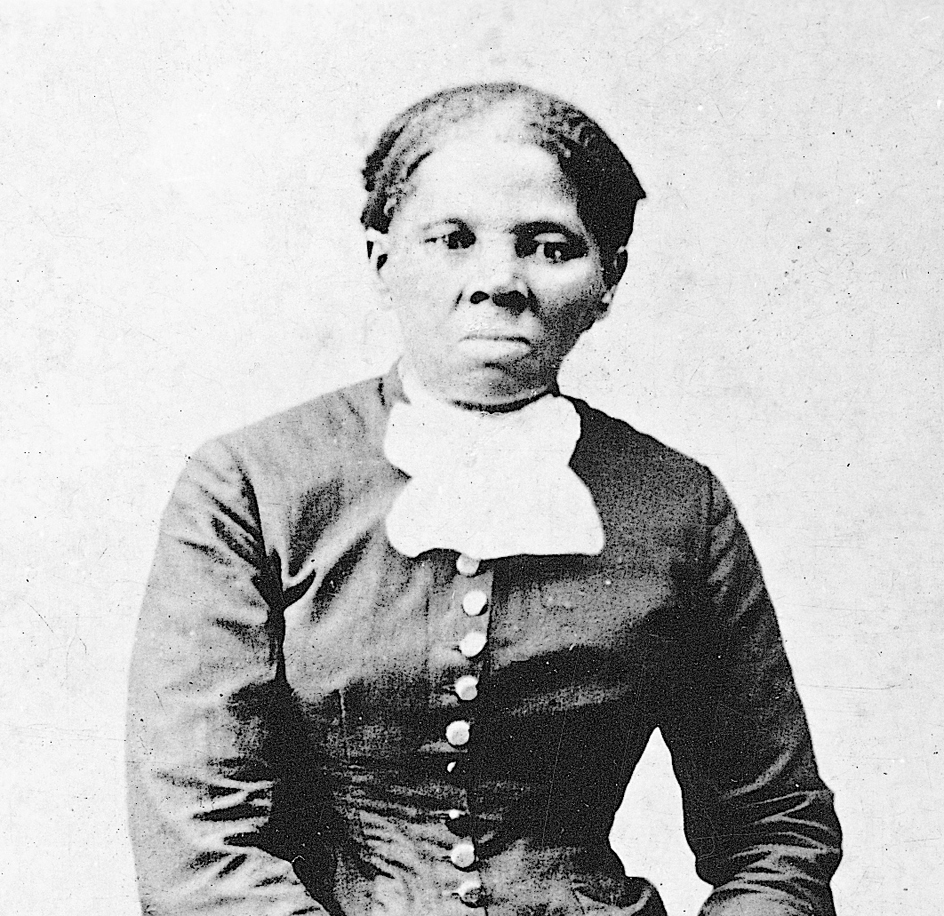Underground railroad was an informal system that helped enslaved people in the southern United States escape to the northern United States, Canada, and other places that prohibited slavery during the mid-1800’s. The system was neither underground nor a railroad. Americans called it the underground railroad because of the swift, secret way in which enslaved people escaped. Several thousand people who walked, ran, swam, and sailed to freedom successfully reached their destinations. Many others did not.

The underground railroad had no formal organization. Some white people and free Black people provided runaways with food, clothing, directions, and places to hide. Some enslaved people in the South also helped fugitives escape. In the North, abolitionists furnished hiding places and helped runaways move from one refuge to the next.
Americans first coined the term underground railroad around 1830. From then until 1860, the system helped people who had fled slavery reach the North. There, however, they could still be captured and returned to enslavement. Therefore, many fled to Canada and other regions outside the United States, especially after 1850. That year, Congress passed a strict fugitive slave law. Major havens for Black people escaping slavery included Boston, Detroit, and southern Ontario, Canada.
The most heavily traveled routes of the underground railroad ran through Maryland, Delaware, and Kentucky in the South, and Ohio, Indiana, and Pennsylvania in the North. Such mid-Atlantic cities as Washington, D.C.; Baltimore; Philadelphia; and New York City were major hubs on the underground railroad. Escaped enslaved people in the Deep South sought their freedom by stowing away on vessels sailing from New Orleans; Mobile, Alabama; Pensacola, Florida; and Charleston, South Carolina.
A few people became famous for their contributions to the underground railroad. Levi Coffin and Thomas Garrett, who were members of the Society of Friends, a religious sect also known as the Quakers, helped at least 5,000 enslaved people escape. William Still was known as the “father of the underground railroad.” He sheltered hundreds of fugitives in his Philadelphia home. He published the underground railroad’s first history in 1872. The most fearless conductor of the underground railroad was Harriet Tubman. Having escaped slavery herself, Tubman returned to the South 19 times and helped about 300 enslaved people escape to freedom. 
The underground railroad showed the determination of a small group of Americans to end slavery. Its success angered many people. It also contributed to the hostility between North and South that led to the American Civil War (1861-1865).
